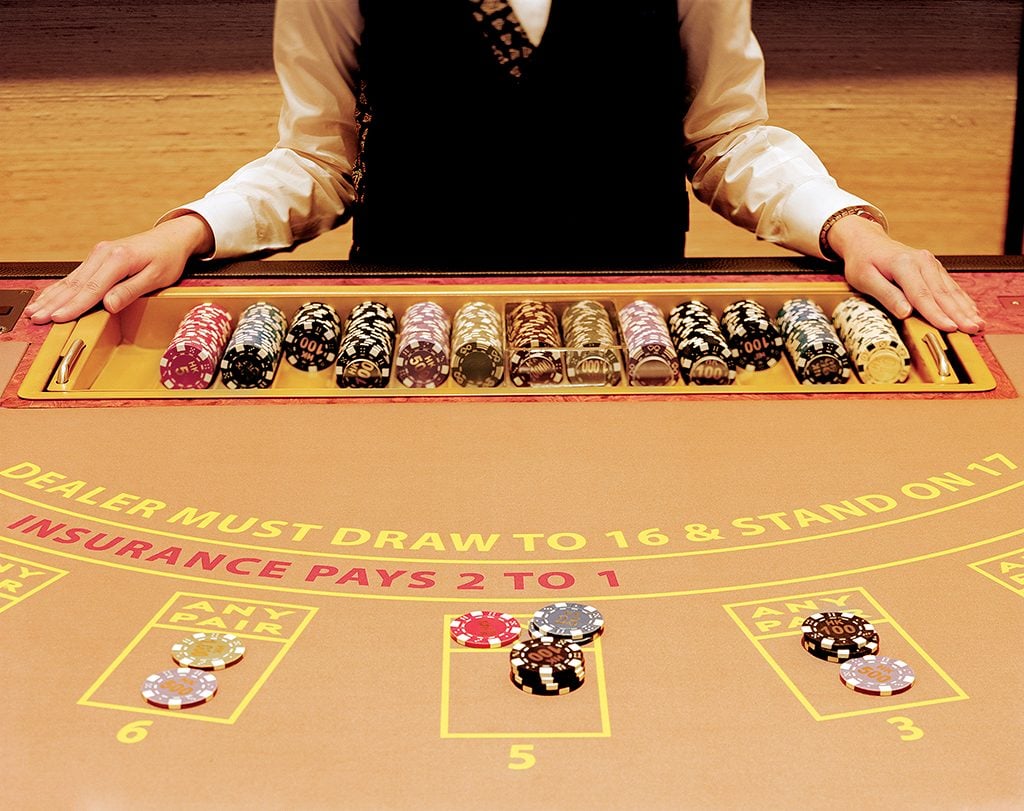
Within the vibrant and exciting world of casinos, wherein luck and tactics intertwine, color and aesthetic play a critical role in drawing in players. From the moment visitors step inside a casino or log into a gaming platform, they are enveloped in a sightly feast that grabs their attention and entices them to discover more. Vivid colors, captivating graphics, and innovative layouts are meticulously crafted to create an atmosphere of thrill and anticipation, ultimately improving the gaming encounter.
As players navigate through the ever-changing landscape of casino games, they come across a range of designs that not only serve visual purposes but also influence feelings and decision-making. Colors like red and gold symbolize wealth and fortune, while soothing blues and greens can create a more tranquil environment. Grasping how these elements work together allows casinos to create an welcoming and energizing atmosphere that encourages players to interact with the games, spend additional time at the tables, and boost their overall enjoyment.
The Study of Tint in Gaming Establishments
Tint plays a critical role in the creation of casino games, shaping players’ emotional states and responses. Lively and bold hues, such as scarlet and amber, are often used to incite enthusiasm and capture notice. These colors create a sense urgency and dynamism, encouraging players to engage more readily with the game. By strategically selecting hues, creators aim to evoke feelings of pleasure and excitement, which can enhance the overall player experience.
Various hues also have psychological connotations that can affect how gamblers perceive their possibilities of victory. For instance, emerald is commonly associated with fortune and abundance, making it a popular choice in games like roulette and poker games. This connection can cause gamblers to feel more positive and self-assured in their gameplay, ultimately encouraging them to wager more. Understanding these connections allows game designers to create environments that enhance player happiness and engagement.
In addition, the layout of gambling game interfaces often utilizes gradients and opposing colors to instruct players’ responses. For example, winning combinations may be emphasized with bright, differing shades, creating a visual incentive. This approach reinforces successful results and promotes repeated engagement. By exploiting the psychology of color, casinos can create games that not only captivate participants but also keep them interested and invested in their game experience.
Creative Features that Attract Gamers
The visual appeal of casino games is primarily influenced by the implementation of bold colors. Bright and contrasting colors are strategically chosen to create an inviting atmosphere that grabs interest. For example, reds and golden hues often signify good fortune and prosperity, which is why they are prevalent in the palettes of slot machines and table surfaces. These colors not only draw players in, but they also stir emotions related to thrill and expectation, enhancing the overall gaming experience.
In parallel to color, the design and organization of casino games play a crucial role in player attraction. Games are designed to be user-friendly, ensuring that players can easily understand the guidelines and gameplay. User-friendly interfaces, along with captivating graphics and animations, help maintain player interest and promote longer play sessions. The physical elements, such as the texture of the buttons and the audio of the games, also contribute to a holistic sensory experience that keeps players engaged.
In conclusion, thematic elements in gaming design can greatly influence gaming decisions. https://8kbetttt.com/ Many casino games are inspired by media, fairy tales, or exploration motifs, incorporating symbols and characters that resonate with players. These themes create a sense of engagement and relatability, making each game feel unique. When players feel a bond to the concept, they are more likely to choose that game over others, leading to higher participation and enthusiasm within the gambling environment.
Case Studies: Effective Casino Game Designs
One key example of successful casino game design is the acclaimed slot machine series themed around blockbuster movies. Games such as those based on the The Wizard of Oz and Game of thrones utilize vibrant colors and high-quality graphics to immerse players in familiar narratives. The use of dynamic visuals and entertaining sound effects takes the interest of players, building an emotional connection to the theme. This approach not only fosters longer play but also boosts the overall gaming experience, leading to increased player retention.
Another successful case is the application of color psychology in table games like blackjack and roulette. Casinos often create these games with rich reds and greens, colors traditionally associated with luck and wealth. For instance, the emerald felt on a blackjack table provides a relaxing effect, while the red accents in the wheel invite excitement. This thoughtful use of color helps to foster an inviting atmosphere that stimulates players to engage, satisfying their psychological impulses and boosting their enjoyment.
Finally, social casino games that include social features and vivid, dynamic designs have experienced remarkable success in engaging players. Games like Zynga Poker and Slotomania leverage bright colors and playful animations to forge an inviting online environment. The integration of leaderboards, social sharing options, and in-game rewards encourages competition and community, pulling players in for longer sessions. Such designs not only make the games visually appealing but also emphasize community engagement, a vital factor in player retention and engagement within online casino environments.